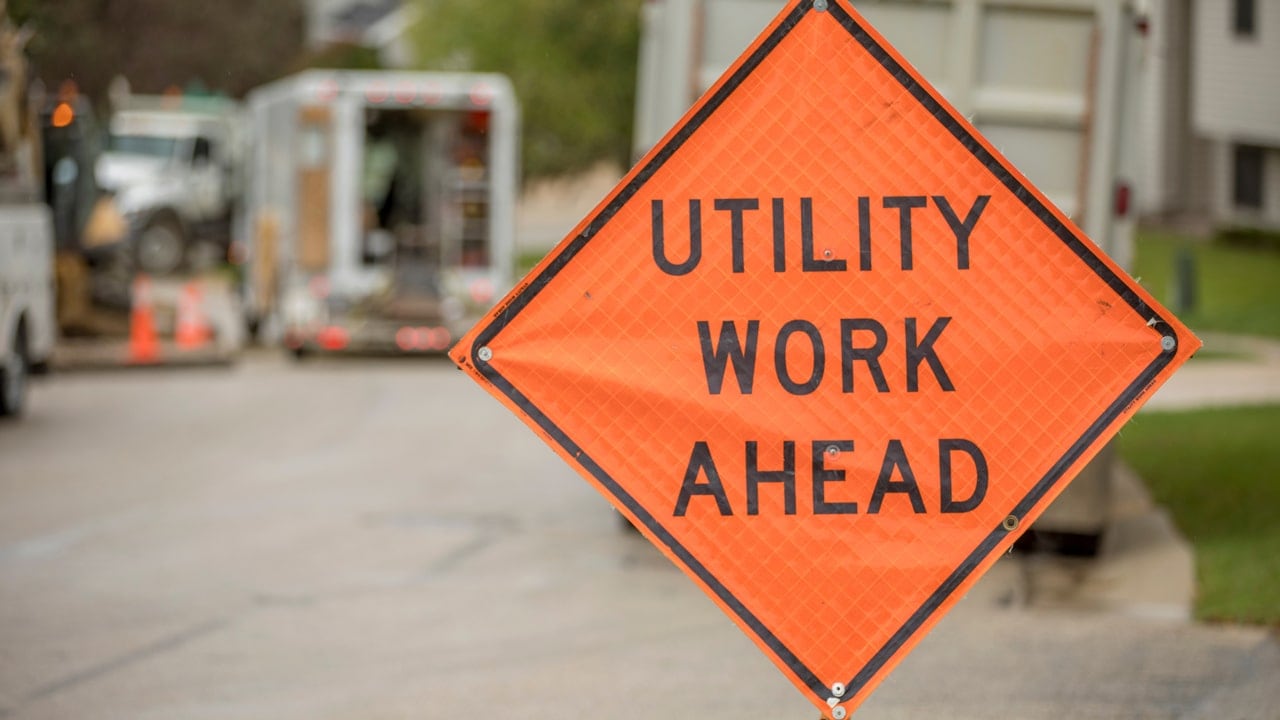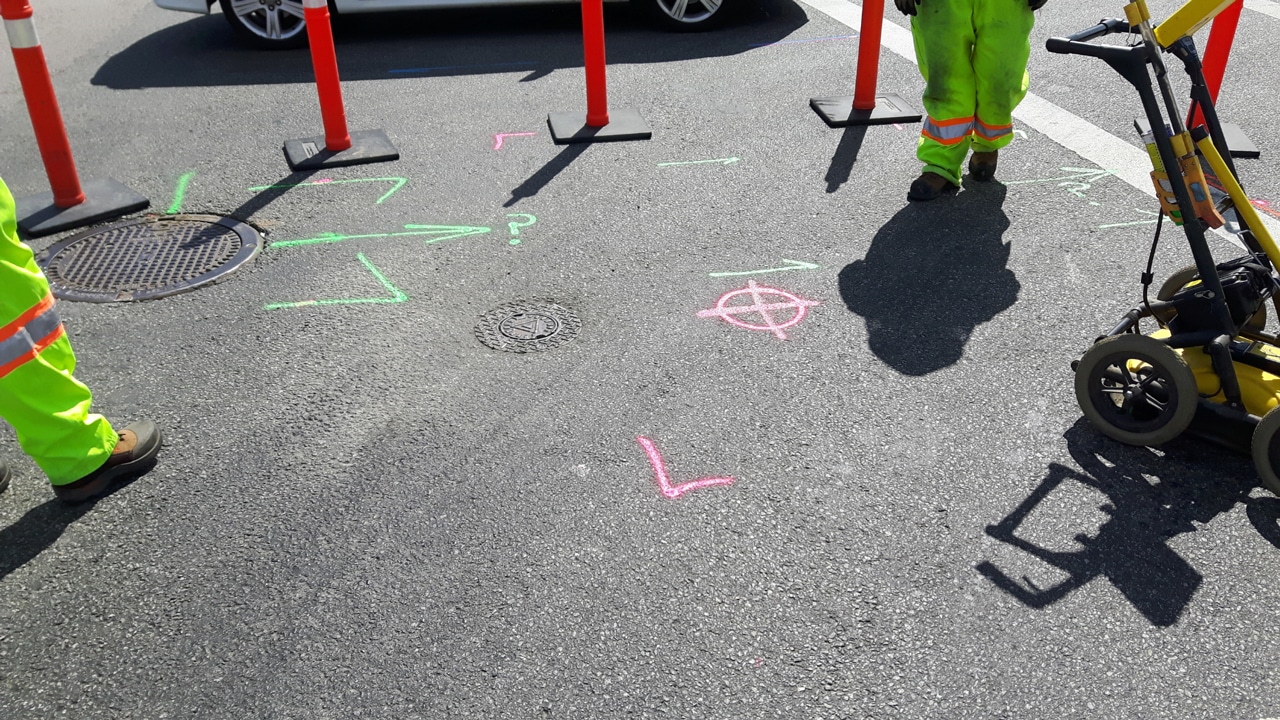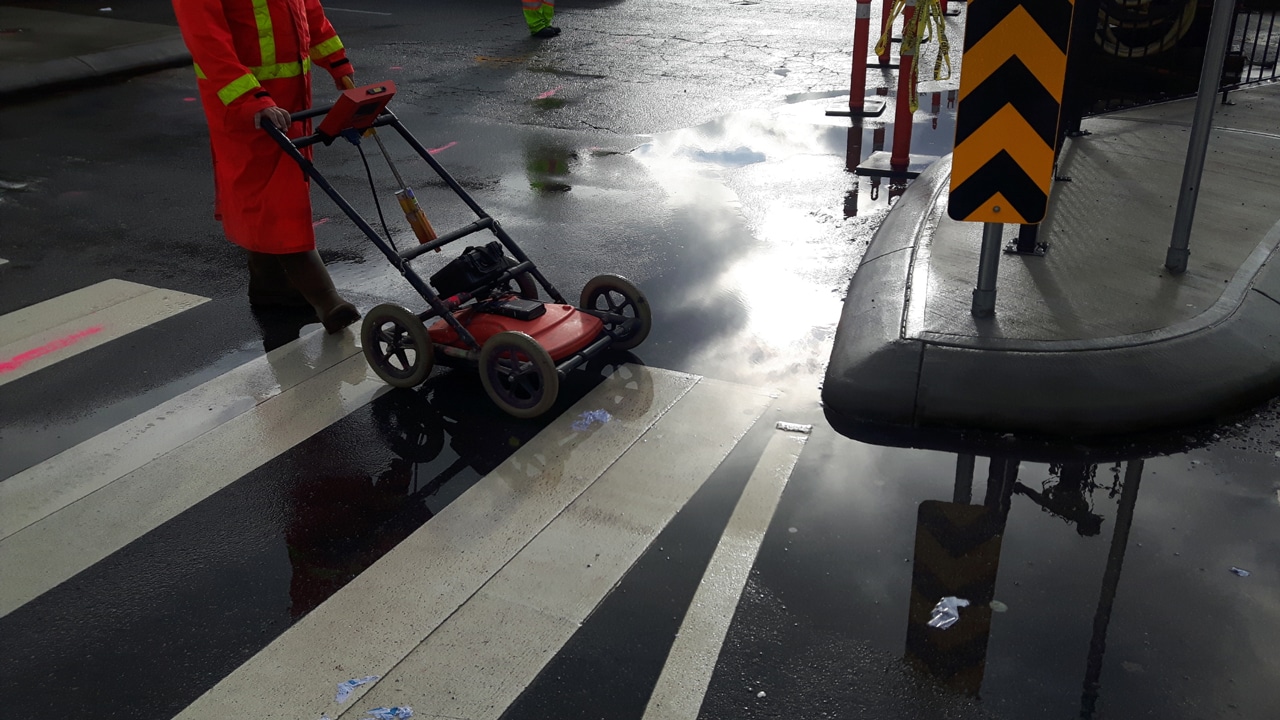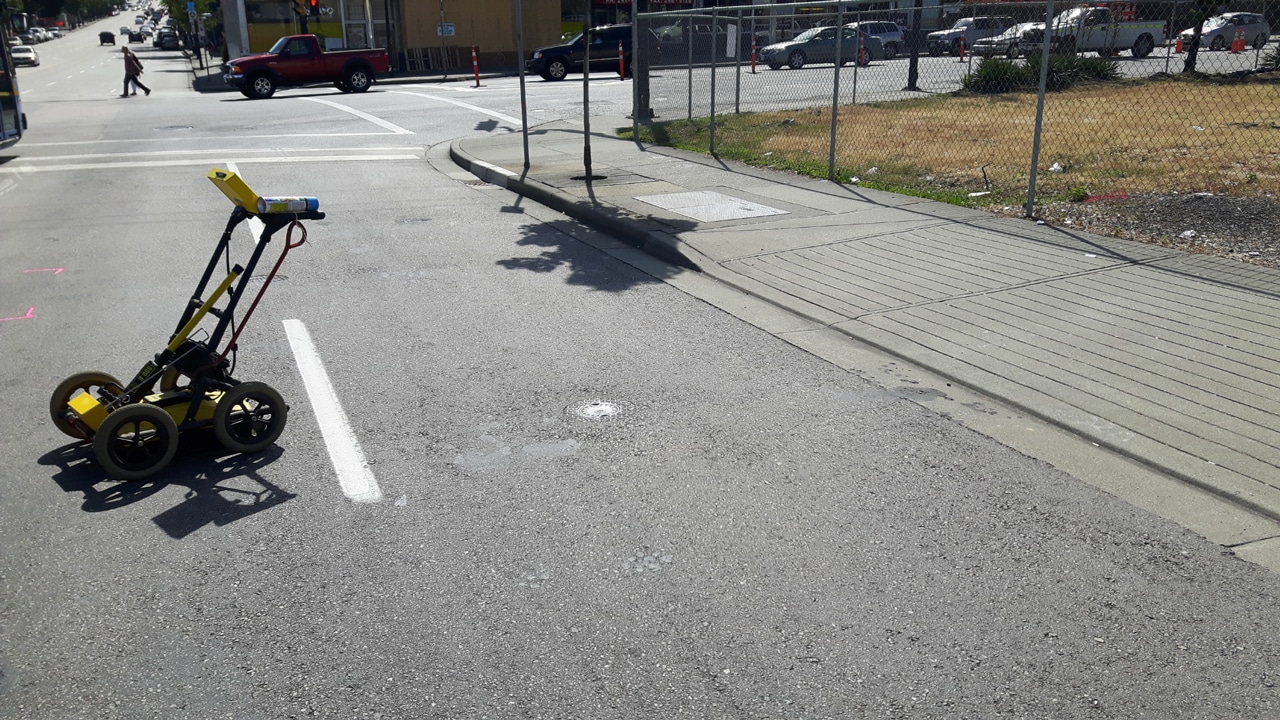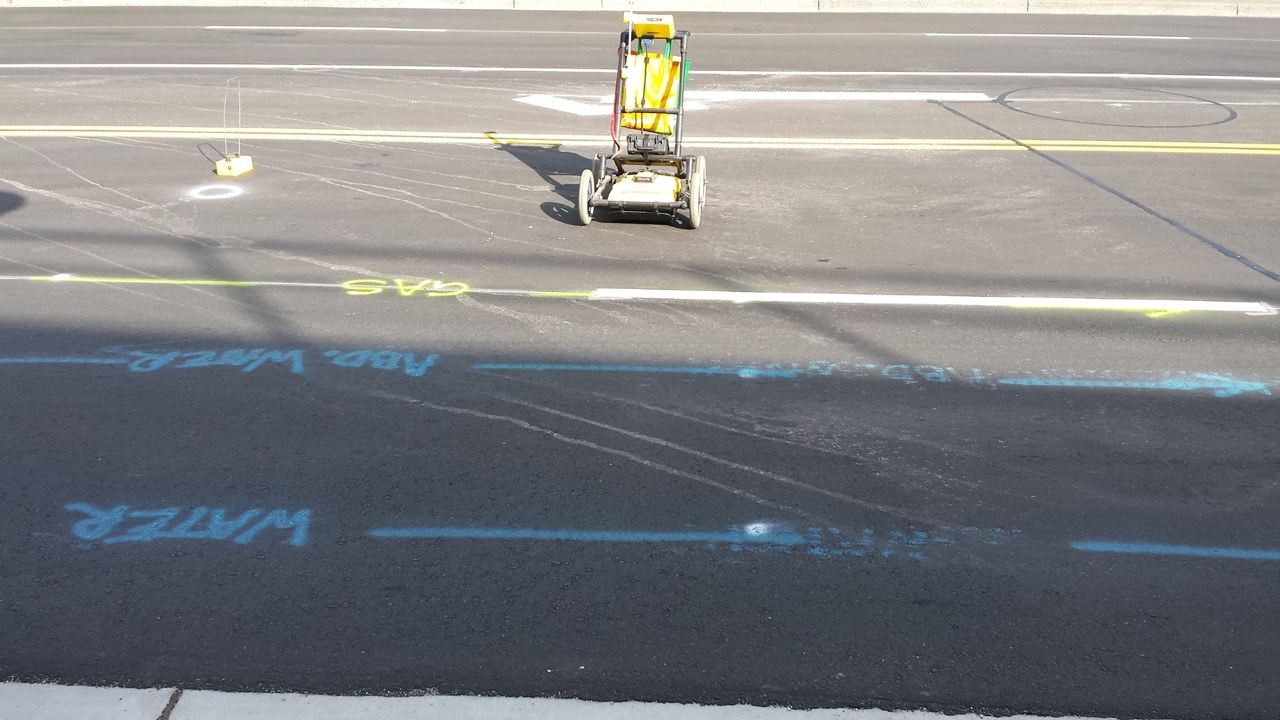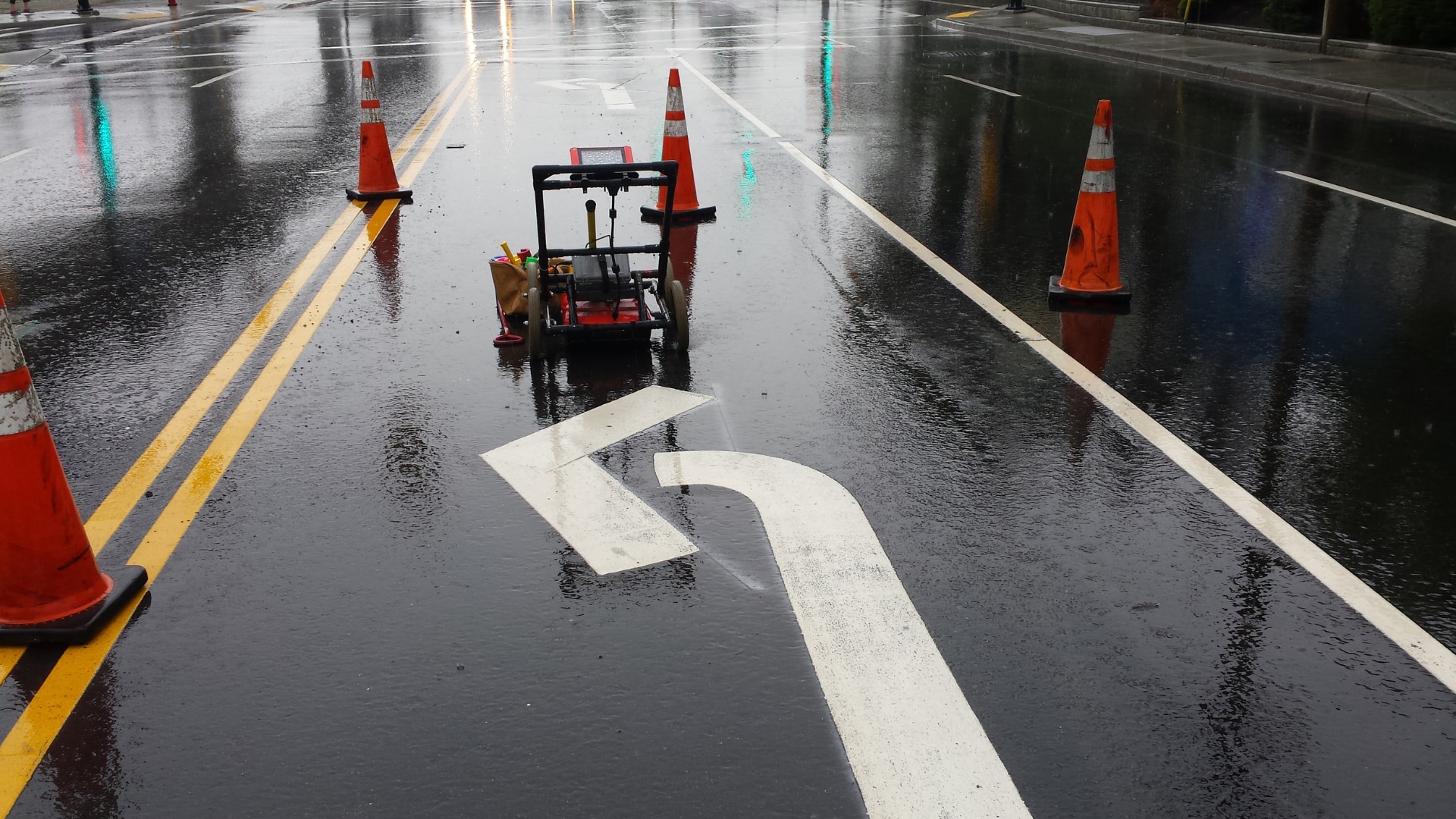When it comes to excavation, protecting underground utilities and avoiding damage to these crucial infrastructure components is of utmost importance. Potholing utilities is one effective technique employed in this process, which involves the careful excavation and exposure of utility lines. By understanding tolerance zones, construction professionals can minimize the risk of utility damage and ensure the safety of workers.
Tolerance zones, including the area surrounding underground utility lines, require caution during excavation activities. Potholing services play a key role in accurately determining the exact location and depth of utilities. By utilizing utility maps, methods of locating utilities, and marking utilities, excavation and construction projects can adhere to industry standards and protect subsurface facilities effectively.
This blog will delve into the importance of tolerance zones, explore various potholing techniques, and highlight the cost savings and safety benefits associated with this non-destructive method. By understanding and implementing proper potholing practices, excavators and construction professionals can ensure the integrity of underground utility lines and contribute to successful and incident-free projects.
Read: 4 PROBLEMS PROFESSIONAL POTHOLING SERVICES PREVENT
What are Tolerance Zones for Underground Utilities?
Tolerance zones refer to the designated areas surrounding underground utility lines where caution must be exercised during excavation and construction activities. These zones are crucial for protecting the integrity of underground utilities and preventing damage.
When construction crews work within tolerance zones, they ensure the safety of workers and minimize the risk of costly incidents. The components of tolerance zones include:
- Exact Location – Tolerance zones require precision in identifying the exact position of underground utility lines. Methods such as potholing and utility mapping help determine the horizontal position and depth of utilities.
- Utility Maps – Utility maps provide valuable information about the location and layout of underground utility lines. They guide construction crews in avoiding the marked utility areas during excavation projects.
- Marked Utilities – Marked utilities serve as visual indicators of underground lines. Utility companies use various color codes and markings to identify the type of utility, indicating its presence within the tolerance zone.
Importance of Protecting Underground Utilities
Protecting underground utilities is of paramount importance for several reasons:
- Safety – Damage to underground utilities can lead to hazardous situations, posing risks to workers, nearby residents, and the environment. By protecting these utilities, the safety of individuals and communities is ensured.
- Service Continuity – Underground utilities, such as water pipes, gas lines, and electrical cables, provide essential services to residential, commercial, and industrial areas. Protecting them ensures uninterrupted service and minimizes disruptions to daily activities.
- Cost Savings – Damage to underground utilities can result in expensive repairs, project delays, and legal liabilities. By avoiding utility damage through proper protection measures, construction projects can save significant costs.
The Different Components of Tolerance Zones
Tolerance zones consist of various components that collectively contribute to protecting underground utilities:
- Potholing Techniques – Potholing services utilize non-destructive techniques to expose underground utility lines and accurately determine their depth and location. These techniques, such as air vacuum excavation or hydro excavation, minimize the risk of damage to utilities.
- Utility Locating Methods – Methods like ground-penetrating radar (GPR), electromagnetic locating, and visual inspections aid in identifying underground utilities and their precise locations.
- Risk Mitigation – Construction crews and utility operators must adhere to industry standards and guidelines to minimize the risk of utility damage. This includes following proper protocols, obtaining utility locations, and implementing safety measures.
By understanding and implementing the various components of tolerance zones, construction professionals can protect underground utilities, ensure worker safety, and contribute to the overall success of construction projects.
Regulations and Standards for Tolerance Zones
To ensure the protection of underground utilities, various regulations, and standards are in place governing tolerance zones. These regulations are designed to promote safety, prevent damage to utilities, and maintain the integrity of infrastructure. Utility companies, construction crews, and project managers must comply with these regulations to minimize risks and adhere to industry best practices.
Regulations often require obtaining utility locations before commencing any excavation work. This involves contacting the appropriate utility companies to request information about the location and depth of underground utilities within the project area. By following these regulations, construction crews can work safely within tolerance zones and avoid accidental damage.
Furthermore, standards like those of the American National Standards Institute (ANSI) provide guidelines for marking utilities, including color codes and symbols. In order to prevent utility-related incidents during construction activities, it is crucial to comply with these regulations and standards.
Challenges and Risks Associated with Excavating Near Utilities
Excavating near utilities presents various challenges and risks that need to be addressed to maintain safety and prevent damage:
- Utility Identification – One of the key challenges is accurately identifying the presence and location of utilities within the excavation area. Inaccurate or incomplete information can lead to accidental utility strikes.
- Complex Utility Networks – Urban areas often have extensive utility networks, including multiple utility types in close proximity. Navigating through these complex networks requires careful planning and coordination.
- Unknown or Unmarked Utilities – In some cases, there may be utilities that are not accurately marked or documented, making it difficult to determine their presence during excavation. This increases the risk of accidental damage.
- Changing Soil Conditions – Soil conditions can vary significantly, affecting the ease of excavation and the stability of the surrounding area. Wet or unstable soils can pose additional risks during excavation activities.
Mitigating these challenges and risks requires comprehensive planning, proper training of construction crews, effective communication with utility companies, and utilizing accurate utility locating techniques to minimize the potential for utility damage during excavation.
Choose Util-Locate in Utilizing Future Trends and Innovations in Protecting Underground Utilities
Util-Locate is your trusted partner when it comes to utilizing future trends and innovations in protecting underground utilities. With our commitment to staying at the forefront of the industry, we bring you cutting-edge technologies and techniques for efficient and accurate utility location and protection.
You can benefit from advanced technology, expertise, and a collaborative approach when you choose Util-Locate. We enhance the precision and effectiveness of our potholing services by leveraging state-of-the-art equipment and innovative solutions.
Choose Util-Locate as your trusted partner in utilizing future trends and innovations for protecting underground utilities. Contact us today at 888-885-6228 to discuss your project needs and experience the Util-Locate difference!

